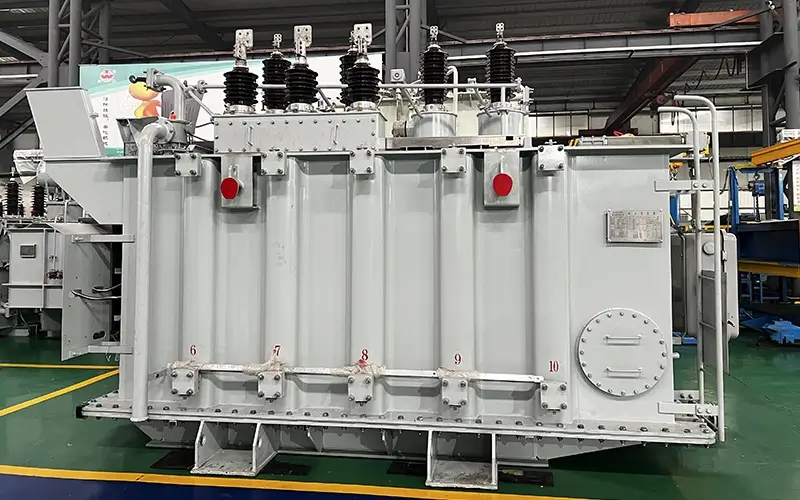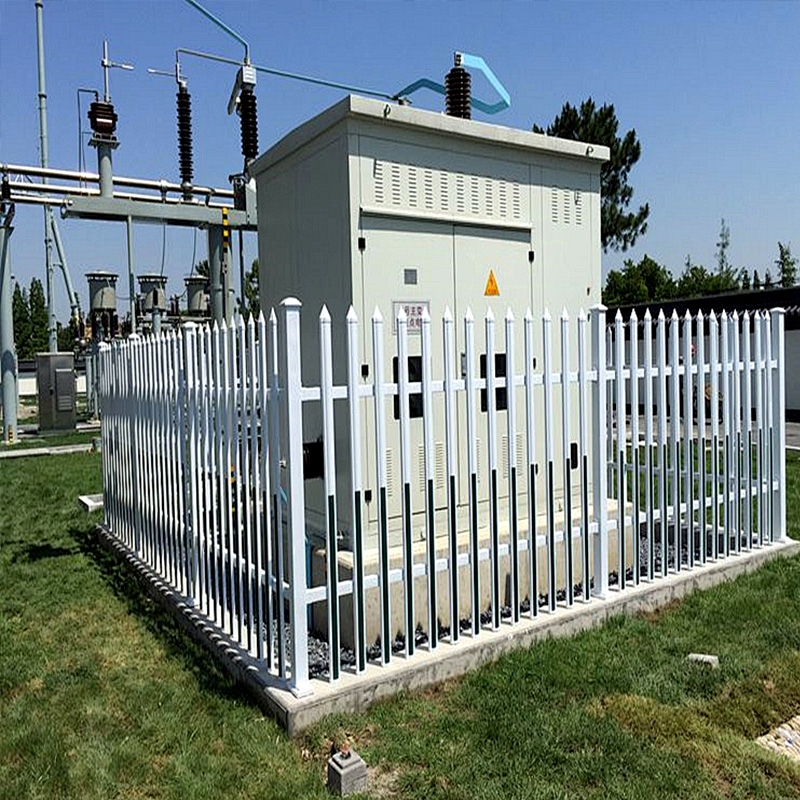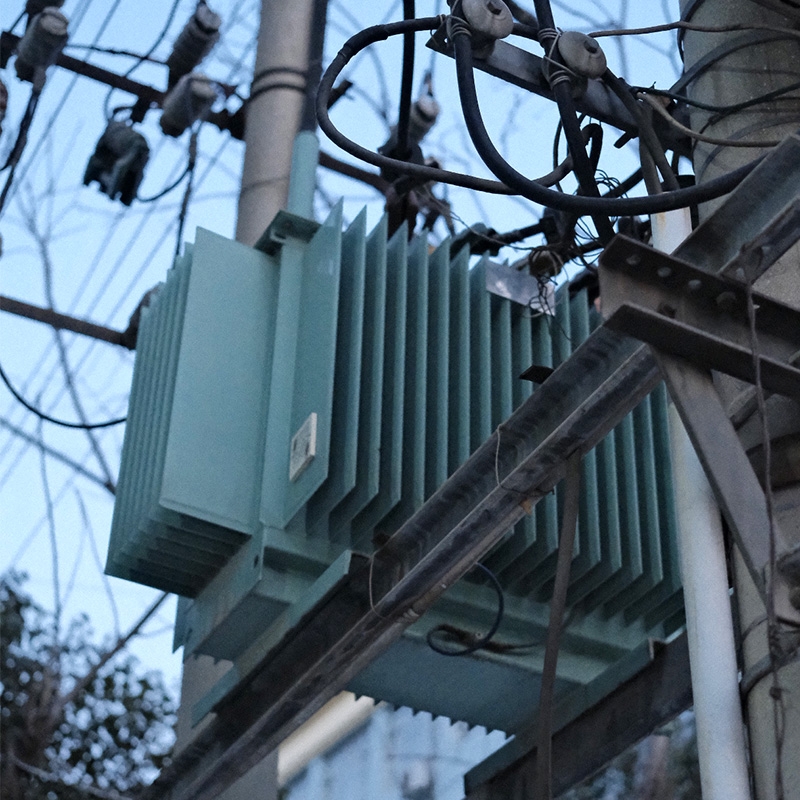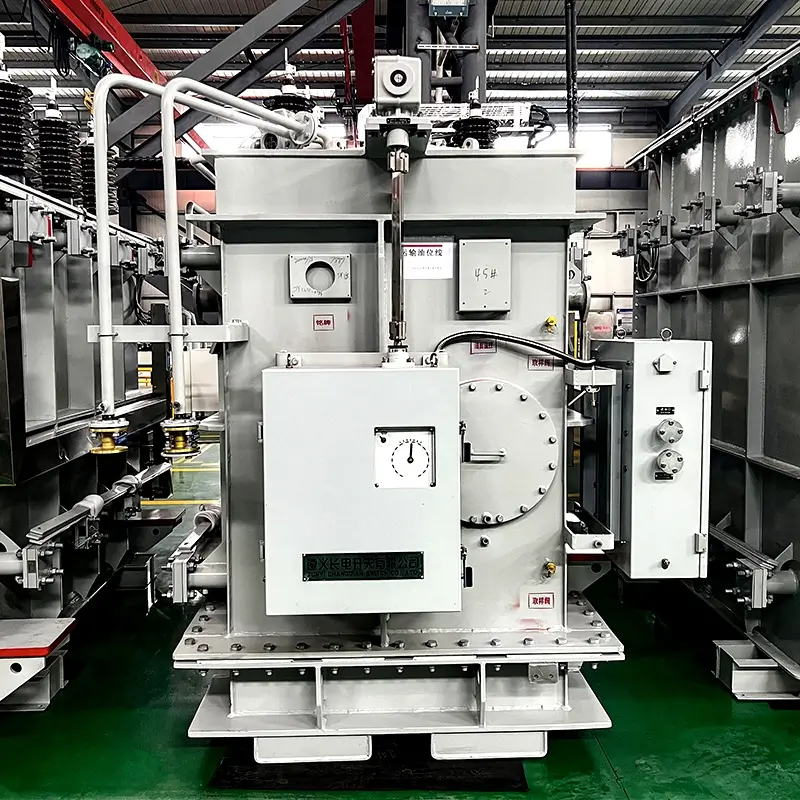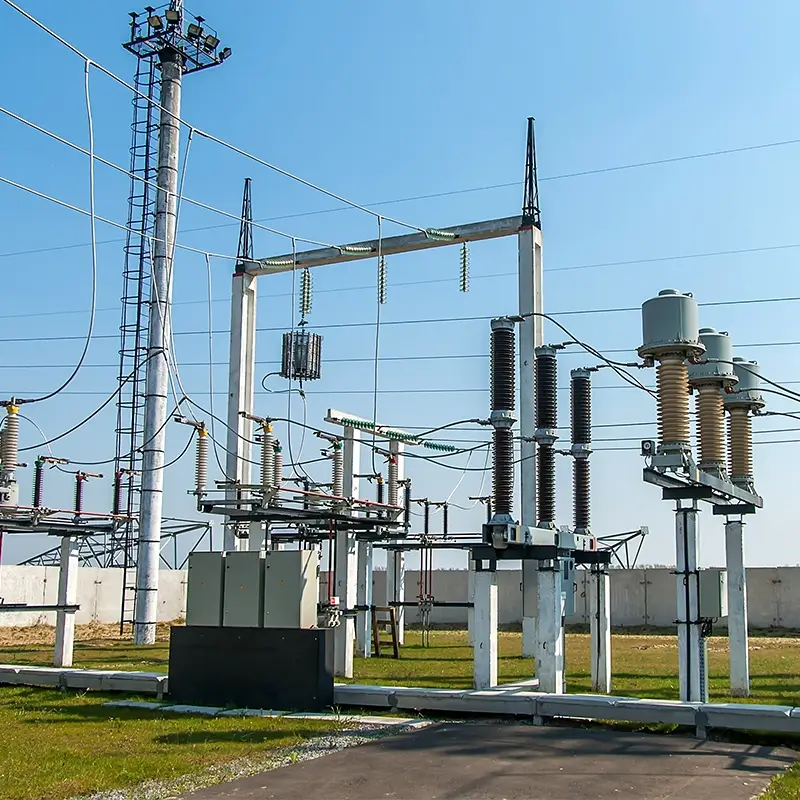The principle and solution of noise generated by transformer operation
Transformer noise is an inherent characteristic of transformer operation. The relevant national standards have strict sound level limit regulations for it. However, with the improvement of users' environmental awareness, complaints about transformer noise on site are gradually increasing, and the noise level reflected is often much larger than the factory test data. According to some on-site processing experience, the following reasons are analyzed.
1. Voltage problem reason:
High voltage will cause the transformer to overexcite, the sound will increase and become sharp, and directly and seriously affect the noise of the transformer.
Judgment method: First look at the low-voltage output voltage, not the voltmeter on the low-voltage cabinet. The voltmeter only serves as an indicator. A more accurate multimeter should be used for measurement.
Solution: The 10KV voltage in the city is generally high. According to the output voltage on the low-voltage side, the tapping gear should be placed in a suitable gear at this time. Under the premise of ensuring the quality of low-voltage power supply, try to adjust the high-voltage tap upward (lower the low-voltage output voltage) to eliminate the over-excitation phenomenon of the transformer and reduce the noise of the transformer at the same time.
2. Resonance problem of fan, housing, and other parts
Reason: The resonance of fan, housing, and other parts will generate noise, which is generally mistaken for transformer noise.
Judgment method:
1) Housing: Press the aluminum plate (or steel plate) of the housing with your hand to see if the noise changes. If it changes, it means that the housing is resonating.
2) Fan: Use a dry long wooden stick to push the housing of each fan to see if the noise changes. If it changes, it means that the fan is resonating.
3) Other parts: Use a dry long wooden stick to push each part of the transformer (such as wheels, fan bracket, etc.) to see if the noise changes. If it changes, it means that the parts are resonating. Solution: 1) Check whether the aluminum plate (or steel plate) of the housing is loose. It may be deformed during installation. You need to tighten the screws of the housing, fix the aluminum plate of the housing, and correct the deformed part. 2) Check whether the fan is loose. You need to tighten the fastening bolts of the fan. Put a small piece of rubber between the fan and the fan bracket to solve the fan vibration problem. 3) If the transformer parts are loose, they need to be fixed.
3. Installation problems
Reason: Improper installation will aggravate the vibration of the transformer and amplify the noise of the transformer.
Judgment method: 1) The foundation of the transformer is not firm or flat (one corner is suspended), or the bottom plate is too thin.
2) Using channel steel to erect the transformer will increase the noise.
Solution:
1) The installation unit shall modify the original installation method.
2) Adding shockproof rubber pads under the transformer trolley can solve some noise.
4. Influence of the installation environment
Reason: The operating environment affects the noise of the transformer. An unfavorable environment increases the noise of the transformer by 3dB to 7dB.
Judgment method: 1) The transformer room is large and empty, there is no other equipment, and there is an echo.
2) The transformer is too close to the wall. The transformer is less than 1 meter long and is placed at the corner. The wall reflected noise is superimposed on the transformer noise, which increases the noise.
3) The original oil transformer was used, and the dry transformer will affect the noise of the transformer after it is replaced. The reason is that the oil transformer room is relatively small, and there is an oil leakage room and an oil leakage hole. The transformer is like being placed on a speaker.
Solution: Some sound-absorbing materials can be appropriately installed indoors.
5. The problem of busbar bridge vibration
Reason: Because the parallel busbars have a large current passing through, the busbars vibrate due to the leakage magnetic field. The vibration of the busbar bridge will seriously affect the noise of the transformer, increasing the noise of the transformer by more than 15dB, which is difficult to judge. Generally, users and installation units will mistakenly think that it is the noise of the transformer.
Judgment method: 1) The noise changes with the load size.
2) Use a wooden stick to push the busbar bridge. If the noise changes, it is considered that the busbar bridge is resonating.
3) The busbar vibrates in the bridge, and it is useless to push it with a wooden stick. It is necessary to open the busbar bridge cover and check whether the busbar is fixed.
Solution: 1) It is mainly to destroy the conditions for the resonance of the busbar bridge, tighten or loosen the suspension rod screws. 2) Open the busbar bridge cover and fix the busbar.
3) Use soft connection for low-voltage outgoing line.
4) Ask the busbar bridge manufacturer to solve it.
6. Transformer core self-resonance
Reason: There is electromagnetic attraction caused by leakage magnetic field between the joints of silicon steel sheets and the laminations.
Judgment method: 1) The transformer noise is too loud, and other noises are mixed in the normal noise.
2) The transformer noise is wavy.
Solution: 1) Tighten the screws on the transformer, including the two-end screws of the clamp, the through screws, and the pad pressure screws.
2) Adding shockproof rubber pads under the transformer trolley can solve some noise.
7. Transformer coil self-resonance
Reason: When there is load current passing through the winding, the leakage magnetic field generated by the load current causes the winding to vibrate.
Judgment method: 1) The transformer noise is too loud and the noise is relatively low.
2) When the load of the transformer reaches a certain level, noise begins to appear, and sometimes it appears and sometimes it does not.
Solution: 1) Tighten all the pad pressure screws to increase the axial clamping force of the coil.
2) Loosen all the screws of the pad block, loosen all the bolts on the copper busbar and the neutral copper busbar, shake the low-voltage coil, move the high-voltage coil horizontally by 3 to 5 mm, and then tighten all the bolts.
8. Problems with load properties
Cause: The voltage waveform of the transformer is distorted (such as resonance) and noise is generated.
Judgment method: 1) In addition to the noise of the transformer itself, there is also a "click, click" noise.
2) During operation, the transformer noise will suddenly increase sharply, and soon return to normal.
3) Check whether there are rectifiers and frequency conversion equipment in the load.
Solution: Users can consider installing devices to reduce harmonics.
9. Transformer phase loss problem
Cause: The transformer cannot be excited normally, generating noise.
Solution: 1) The transformer is powered off, check whether the power supply is missing one phase.
2) Check whether the transformer high-voltage fuse is blown one phase.
10. Poor contact
Reason: First, it is caused by poor contact in the high-voltage cabinet; second, the knife switch is not closed in place.
Judgment method: The transformer emits intermittent and abnormal noise.
Solution: 1) Check the contacts and fuses of the high-voltage cabinet and the entire high-voltage circuit.
2) Ask the high-voltage cabinet manufacturer to check.
11. Floating potential problem
Reason: The clamping channel steel, pressure nail bolts, pull plates and other parts of the transformer are sprayed with blue paint. The contact of each part is not very good. Under the action of the leakage magnetic field, the floating potential discharge between the parts makes a sound.
Judgment method: The floating potential discharge makes a very slight "squeak, squeak" sound, which can only be heard by listening carefully. Users often mistakenly think that the high or low voltage of the transformer is discharging.
Solution: 1) This discharge will not affect the normal operation of the transformer.
2) The paint at the poor contact position can be scraped off during power outage maintenance to make the transformer parts in good contact.
12. Low-voltage line grounding or short circuit
When a low-voltage line grounds or short circuits, the transformer will make a rumbling sound; the closer the short circuit point is to the transformer, the more obvious the sound; if the short circuit point is close to the transformer, the transformer will make a roaring sound like a tiger.
